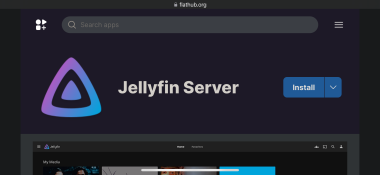Autostart Jellyfin flatpak
How to set jellyfin server flatpak to start automaticly when system boots up?
I was doing this earlier wit deb version, but now with flatpak i dont know how to do it.
I installed it via popshop on linux pop os and now i have icon in my apps meny but its anoying to start it manualy every time i restart my pc…
